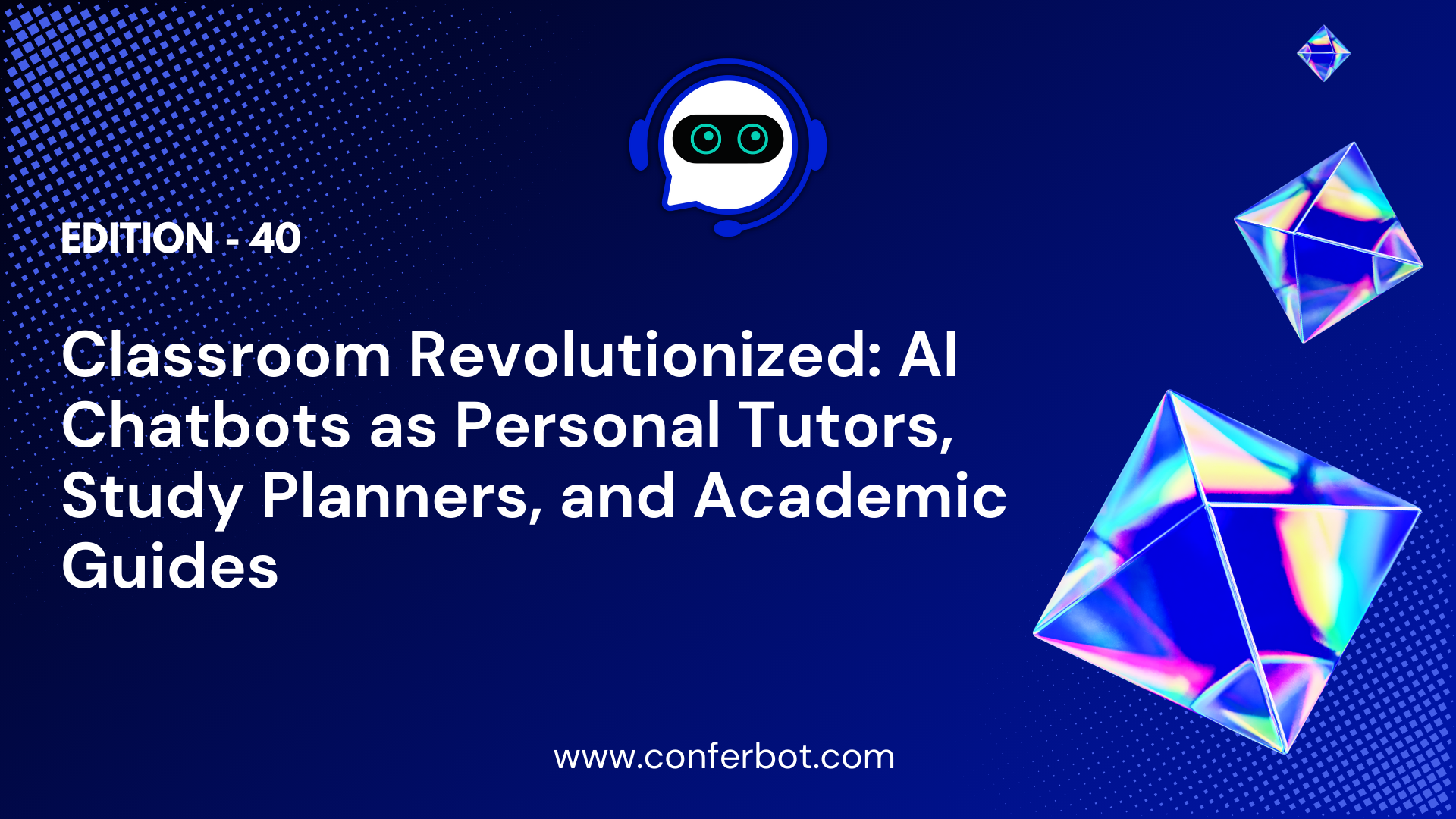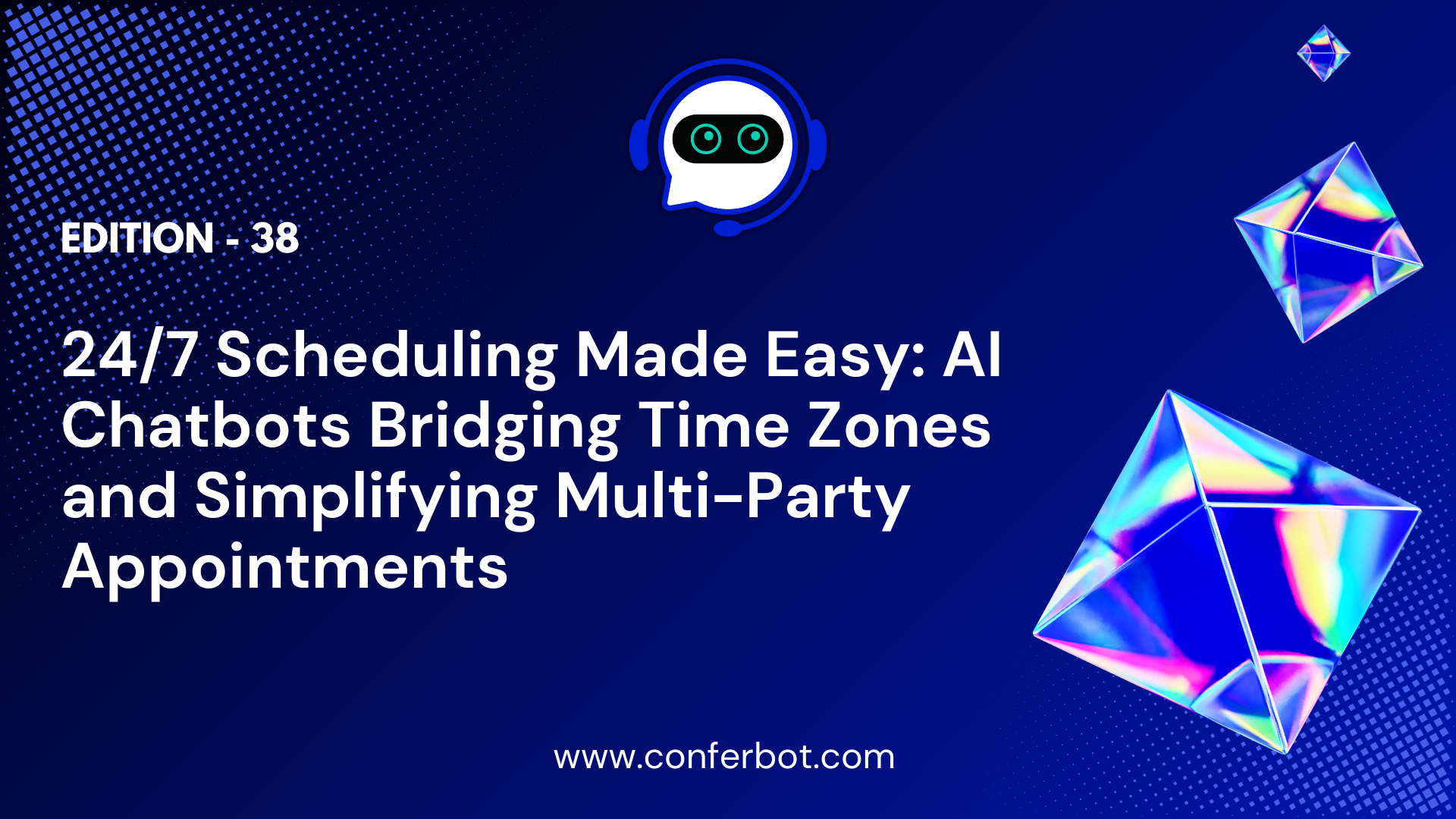
How to Build a Chatbot: A Step-by-Step Guide for Beginners
Learn how to build a chatbot from the ground up with this comprehensive guide. Discover the best chatbot platforms, design practices, and implementation strategies to create an engaging conversational AI experience for your users. No coding required!

Are you looking to build a chatbot but don't know where to start? Chatbots have become an essential tool for businesses of all sizes to engage customers, provide support, generate leads, and even drive sales. But creating a chatbot from scratch can seem like a daunting task, especially if you don't have a background in coding or AI.
Fear not! In this ultimate guide, we'll walk you through the entire process of building a chatbot from the ground up, no coding skills required. We'll cover everything from defining your chatbot's purpose and choosing the right platform, to designing your conversation flows and optimizing your bot based on user interactions. Whether you're a complete beginner or have some experience with chatbots, this guide will give you the knowledge and tools you need to create an engaging and effective conversational AI experience for your users.
Step 1: Define Your Chatbot's Purpose and Goals
Before you start building your chatbot, it's crucial to have a clear understanding of what you want it to achieve. What is the primary purpose of your chatbot? Some common use cases include:
- Customer support and FAQs
- Lead generation and qualification
- Appointment scheduling and booking
- E-commerce recommendations and assistance
- User onboarding and training
- Surveys and feedback collection
Having a well-defined purpose will guide the rest of your chatbot building process, from choosing the right platform to designing your conversation flows. Take some time to brainstorm the specific goals you want your chatbot to accomplish and how it will benefit your users and your business.
Step 2: Choose the Right Chatbot Platform
Once you have a clear idea of your chatbot's purpose, the next step is to choose a chatbot platform that aligns with your goals and technical abilities. There are a variety of chatbot building platforms available, ranging from code-heavy frameworks to completely no-code visual editors.
For this guide, we recommend using a no-code platform like Conferbot. Conferbot is a powerful yet user-friendly platform that allows you to build fully functional chatbots without writing a single line of code. It offers an intuitive drag-and-drop interface, pre-built templates, and extensive integrations, making it an ideal choice for beginners and experienced users alike.
Some other popular no-code chatbot platforms include:
- MobileMonkey
- ManyChat
- Chatfuel
- Botsociety
- Botkit
When evaluating chatbot platforms, consider factors such as ease of use, customization options, AI and natural language processing (NLP) capabilities, integrations with other tools, and pricing. Look for a platform that offers a balance of power and simplicity to suit your needs.
Step 3: Design Your Chatbot's Personality and Tone
Your chatbot's personality is a critical factor in creating an engaging user experience. Before you start designing your conversation flows, take some time to define your chatbot's persona. Consider questions like:
- What kind of personality do you want your chatbot to have? Friendly, professional, humorous, or something else?
- How do you want your chatbot to communicate with users? Formal or casual language?
- What tone and voice align with your brand identity?
Defining your chatbot's personality upfront will help ensure consistency in your conversation design and make your bot more relatable and engaging for users. Don't be afraid to infuse some character and charm into your chatbot's responses!
Step 4: Map Out Your Conversation Flows
With your chatbot's purpose and personality defined, it's time to start designing your conversation flows. A conversation flow is essentially a map of how your chatbot will interact with users, guiding them through various paths based on their input and your predefined logic.
Start by outlining the main conversation paths you want your chatbot to cover, based on the primary use cases you identified in step 1. For each path, consider:
- What are the key questions your chatbot needs to ask to understand the user's intent?
- What are the potential user responses, and how should your chatbot handle each one?
- What information or actions does your chatbot need to provide at each step?
- How can you make the conversation flow as natural and human-like as possible?
Use a visual tool like Conferbot's drag-and-drop conversation builder to map out your flows. Start with a welcome message that greets users and sets expectations for what your chatbot can do. Then, use a combination of text, buttons, images, and other rich media elements to guide users through the conversation.
As you design your flows, keep in mind best practices like:
- Keeping messages concise and to the point
- Using clear and actionable button labels
- Providing fallback responses for when the chatbot doesn't understand a user's input
- Offering a way for users to easily restart the conversation or get human help if needed
Step 5: Integrate Your Chatbot with Other Tools
To truly unleash your chatbot's potential, you'll likely want to integrate it with other tools and platforms you already use. Integrations allow your chatbot to access and update data from external sources, automate workflows, and provide a more seamless user experience.
Conferbot offers a wide range of pre-built integrations with popular tools like:
- CRM platforms (Salesforce, HubSpot, etc.)
- E-commerce platforms (Shopify, Magento, etc.)
- Messaging channels (Facebook Messenger, WhatsApp, etc.)
- Analytics tools (Google Analytics, Mixpanel, etc.)
- Customer support platforms (Zendesk, Intercom, etc.)
Consider which integrations are most relevant for your chatbot's purpose and user needs. For example, if your chatbot is focused on lead generation, integrating with your CRM will allow it to automatically create new leads and update contact records based on conversations.
Step 6: Test and Refine Your Chatbot
Before launching your chatbot to real users, it's crucial to thoroughly test it to ensure it's working as intended. Use Conferbot's built-in testing tools to preview your conversation flows and identify any bugs or dead ends.
As you test, pay attention to:
- Conversation flow logic and coherence
- Response accuracy and relevance
- Handling of edge cases and unexpected user inputs
- Integration functionality
- Overall user experience and engagement
Based on your testing, refine your conversation flows and chatbot configurations as needed. It's also a good idea to have some beta testers try out your chatbot and provide feedback before launching it more widely.
Step 7: Launch and Promote Your Chatbot
Once you've tested and refined your chatbot, it's time to launch it to your users! Conferbot provides simple installation instructions for embedding your chatbot on your website or integrating it with your preferred messaging channels.
To drive adoption and engagement with your chatbot, be sure to promote it through your various marketing channels, such as:
- Website banners and popups
- Social media posts
- Email newsletters
- Blog posts or press releases announcing your chatbot
Provide clear value propositions for why users should engage with your chatbot, and make it easy for them to find and start a conversation.
Step 8: Monitor and Optimize Your Chatbot
Launching your chatbot is just the beginning. To ensure it continues to provide value to your users and business, you'll need to continuously monitor its performance and optimize it based on data and feedback.
Conferbot provides robust analytics to help you track key metrics like:
- Total conversations and messages
- Conversation completion rates
- Most popular conversation paths and intents
- User satisfaction scores
- Conversion rates
Use this data to identify areas for improvement, such as conversation flows that are causing high drop-off rates or intents that are frequently misunderstood. Continuously update and expand your chatbot's knowledge base and capabilities based on user interactions and feedback.
It's also important to regularly review and incorporate user feedback, both from within the chatbot itself and from external sources like social media or customer support channels. Use this qualitative feedback to inform your chatbot's tone, personality, and overall user experience.
By continuously monitoring and optimizing your chatbot, you'll be able to create an ever-evolving conversational AI experience that gets smarter and more engaging over time.
Conclusion
Building a chatbot from scratch may seem intimidating at first, but with the right platform and approach, anyone can create an effective conversational AI experience for their users. By following the steps outlined in this guide and leveraging the power of no-code platforms like Conferbot, you can build a chatbot that aligns with your business goals, engages your audience, and drives real results.
Remember to start with a clear purpose and plan, design with your users in mind, and continuously iterate and improve based on data and feedback. With a little effort and experimentation, you'll be well on your way to building a chatbot that transforms how you interact with your customers and drives your business forward.
So what are you waiting for? Start building your chatbot today and unlock the power of conversational AI!
Tags :
no-code chatbot ai chatbbots conferbot chatbot tutorial no-code chatbots customer interaction user engagement free chatbot builder lead generation
The Conferbot Team
About AuthorHi there! I'm Conferbot, a simple and powerful tool that enables you to create chatbots for your website in minutes.
Try me out and see how I can help make your work life easier, just like I have for 10k+ satisfied users worldwide.


